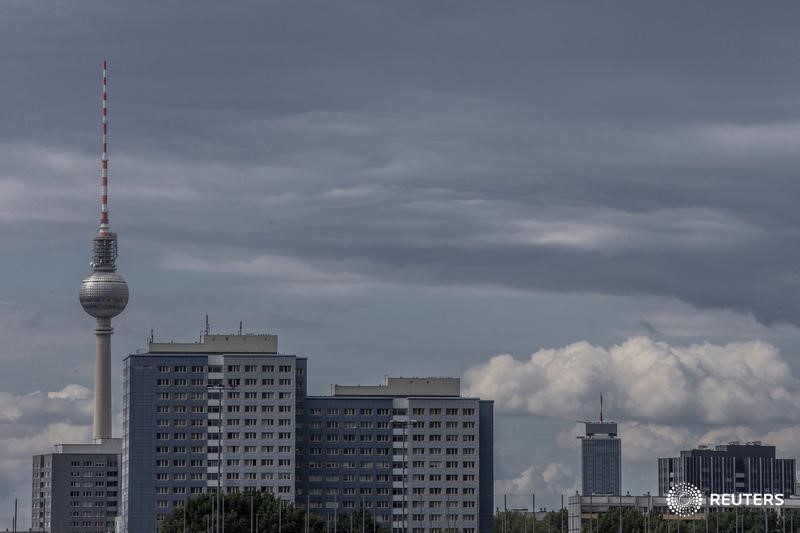(Bloomberg) -- Germany’s coronavirus infection rate fell to the lowest in three weeks, while the number of new cases remained well below the level at the height of the outbreak.
- The reproduction factor -- or R value -- dropped to 0.59 on Thursday from 0.72 the previous day, according to the latest estimate by the country’s health body, the Robert Koch Institute.
- The estimate means that out of 100 people who get infected, a further 59 people are likely to contract the virus. The government is trying to keep the value below 1.0 to prevent exponential growth in infections.
- There were 500 new cases in the 24 hours through Friday morning, up from 391 the previous day and bringing the total to 193,371, according to data from Johns Hopkins University. That compares with almost 7,000 at the peak of the pandemic in late March. Fatalities increased by 12 to 8,940.
- During the past week, the infection rate had been lifted as high as 2.88, driven up by local outbreaks, including in two municipalities in the western state of North Rhine-Westphalia. In the district of Guetersloh, more than 2,000 people were infected, most of them working at a local meat plant.
- “The dynamics of the various outbreak events are also influenced in part by serial tests carried out in the scope of the detected outbreaks, which can promptly lead to the detection of further infected persons,” according to the RKI. “For this reason, the reproduction figures may continue to fluctuate strongly.”
- The RKI also provides a seven-day R value, which compensates for fluctuations. That value was 1.11 on Thursday, down from 1.17 the previous day.
